

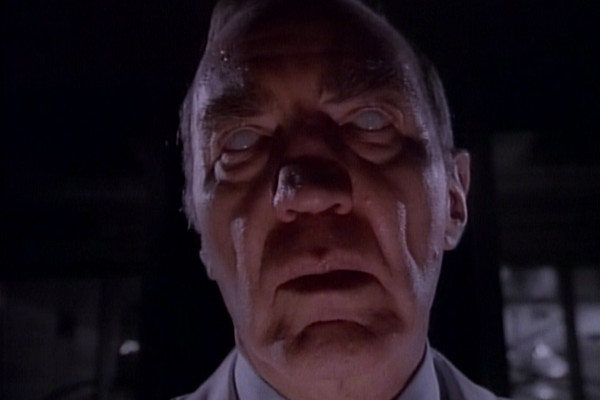
Many, Many Monkeys was written in January 1964 by the producer of the original series' fifth season, William Froug. However, while bought by CBS, it was eventually shelved as they baulked at the dark concept. Featuring a contagion that blinds the populace, it's a more serious, point-making episode than many others on this list, with Froug giving a Serlingesque treaty on the human condition. It's hard to conceive how it would have fitted into the generally more frivolous fifth season of the original series, and it's also a slightly odd fit here, with the traditional third season mix of lacklustre production and somewhat bland performances.
The ending turns out to be more metaphorical than literal, which would have played better in 1964 than 1989, but this is still not without merit. It's also nice to see some rehabilitation of Froug's reputation, who was known for being behind some of the more light-weight entries of the original show's final year. Many, Many Monkeys gives the impression that he maybe had more of a grip on the series' nature than generally given credit for, as well as a reminder he was the producer of some harder-hitting entries such as I Am The Night - Color Me Black, The Encounter and the license-obtained An Occurrence at Owl Creek Bridge.
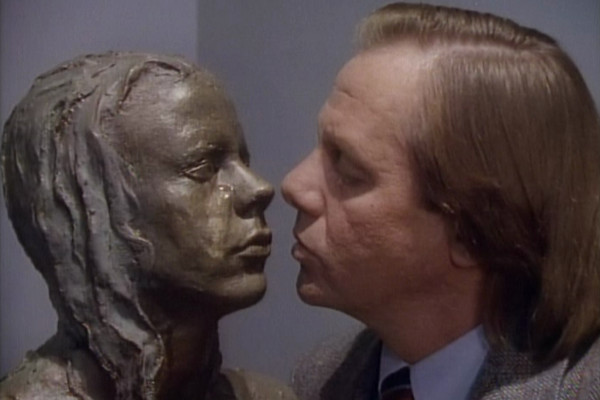
A socially awkward loner finds himself in a romantic relationship with an exhibit in a museum... while it all seems in his mind, it ends with a museum security guard finding the loner and his lover together as a joint exhibit. Sound familiar? The classic season four episode Miniature had recently been brought back into the public eye in a 1984 special, where it was finally released from litigation that had held it from syndication.
Despite such obvious similarities, J. Michael Straczynski's The Call has merit on its own terms, not least a solid lead performance from gifted actor William Sanderson. There's also a reasonable score from composer John Welsman, who, with seven episodes, was the second most prolific composer of season three. (The composer with the largest amount of credits was Lou Natale, who scored ten of the episodes). In all, though, it can't help but feel something of a flat retread for older viewers.
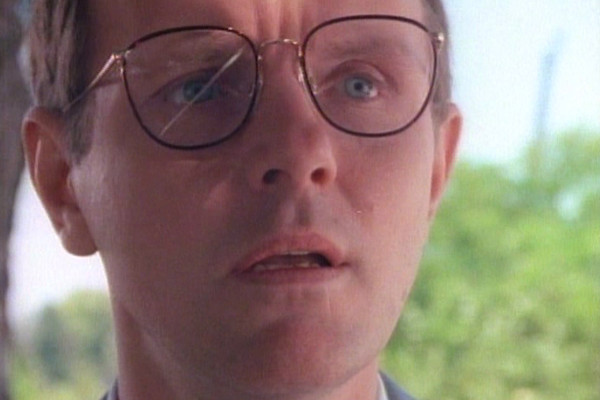
A bank clerk gains freak powers after a chance accident... sound similar to the original series and season two classic A Penny For Your Thoughts? Whereas there the episode could coast nimbly by on larger-the-life characters, and old-fashioned, "big" 60s performances, this one suffers from having to be part of the low-key, clearly under-budgeted 80s series. Having said that, it gains a lofty position in this ranking for the lead role of the clerk who can see the future through broken glasses... Michael Moriarty bringing immense charm to the part.
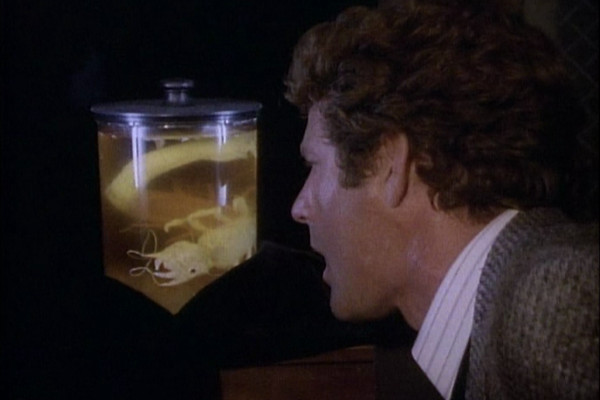
Timothy Bottoms and Leslie Yeo make a terrific pairing as an alcoholic and his therapist. This treatment has a special, Twilight Zone flavour - an alien worm which lives in the stomach and which will grow to destroy its host if it drinks alcohol. What keeps an engaging episode relatively low down in the ranking is that, despite a very good metaphor for alcoholism, it does feel preachy, and there's no real twist to speak of beyond the initial set up. It's one of the better offerings, though, even if the system of advertising the therapy - on the back of a box of cigarette matches - would today be regarded as a worse addiction than the alcohol.
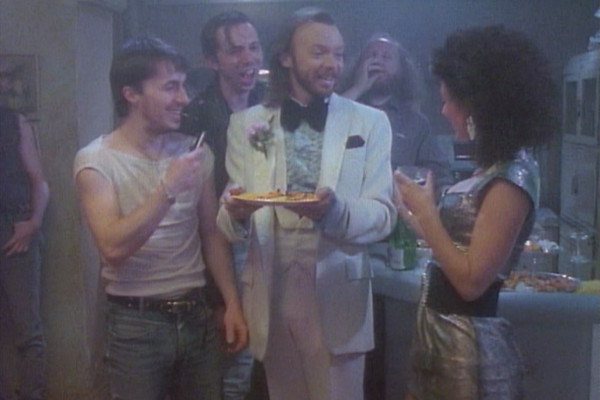
The Trunk is the second episode on the DVD boxset, indicating it was produced early, yet wasn't broadcast until 14 weeks in. Perhaps this is due to the content, which includes prostitution, then-controversial references to homosexuality and threatened knife crime. Or maybe they just thought viewers might be irritated by hearing the name "Willy" said no less than forty times, particularly in its mocking pronunciation of "Willeeeeeeeee".
Said Willeeeee, er, Willy, is ably played by Bud Cort, who finds a trunk in the hotel he runs, a trunk that can grant any wish. He uses said trunk to produce riches (which are laughably cheap by today's standards, the "huge TV" of 1988 now little more than a small portable) and finds that money doesn't bring him happiness. There are some plotting issues, such as why he'd leave a wish-granting trunk in another room and not take it down to his apartment, but the central performance by Cort, as well as some amusing moments, helps it to rank fairly highly in this list.
Lastly, there's a vague connection to the original series, in that Cort's real name was Walter Cox, but he couldn't use it for professional reasons as Wally Cox, the star of From Agnes - with Love had already taken it. The Trunk was broadcast on Christmas Eve, a time when viewers may have been even more predisposed towards its lightweight charms.
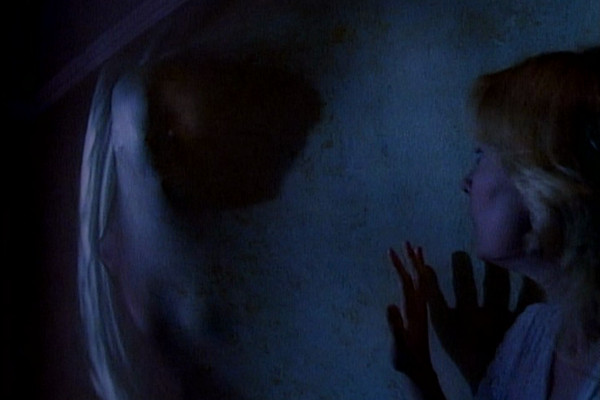
It's a testament to how bland the third season is that this episode should feature in the top ten. It's not that it's bad, far from it, just that it could have been so much better. The script by J. Michael Straczynski details a woman's descent into madness, believing that people exist behind walls - seemingly inspired by the 1892 short story "The Yellow Wallpaper". In a SF/fantasy series then a mental patient having delusions that no one else believes will only ever go one way, and it's this predictable trajectory that palls somewhat. There are some genuinely unsettling moments, but most of the real potential for a scary, unforgettable Twilight Zone is buried deep beneath the third-rate production.